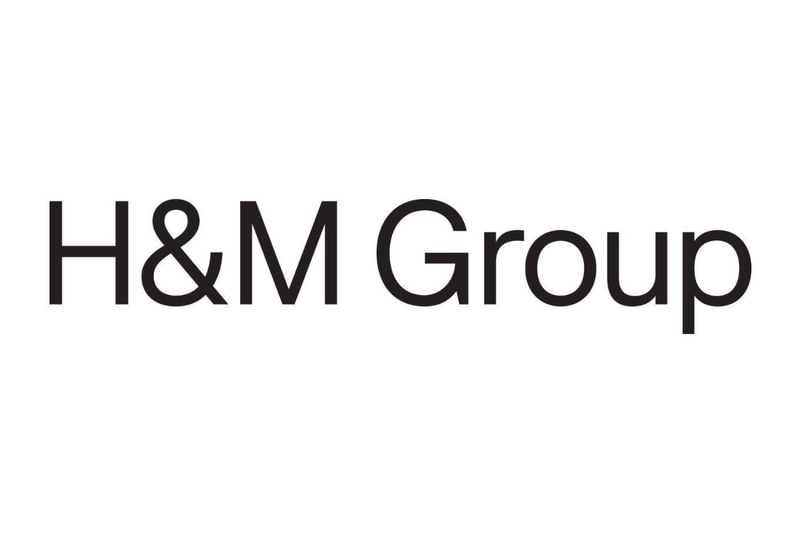
Net-Zero Case Study - Ørsted
Ørsted is the first energy company to receive a validated net-zero target aligned with climate science using the Net-Zero Standard. Discover the company's steps on the next frontier in its decarbonization journey.
As the energy sector accounts for 73% of global emissions, it is vital for companies like Ørsted to take bold action on decarbonization and inspire others to commit to credible climate leadership.
The next frontier of Ørsted's climate journey
The company has been on a climate journey for over a decade. It was one of the first companies to set near-term science-based targets with the SBTi, and it is on track to achieve at least a 98% reduction in emissions intensity in scope 1 and 2 by 2025 (compared to 2006).
Ørsted’s climate journey has continued and moved into the next frontier: decarbonization of the supply chain. To meet its science-based reduction targets in scope 3 - including a 50% absolute reduction by 2032 - Ørsted has established a supply chain decarbonization program to work with strategic suppliers to increase climate disclosures, set science-based targets, and use 100% green electricity in their manufacturing.
A science-based net-zero
While the company had previously set a net-zero target for 2040, Ørsted took the critical step last year of making it science-based and substantiating it through specific long-term reduction targets. These include:
- A 99% reduction in emissions from its entire energy portfolio in scope 1-3 (compared to 2018).
- A 90% reduction in absolute scope 3 emissions from the use of products sold, including its natural gas portfolio (compared to 2018).
- By 2040, Ørsted will neutralize any limited residual emissions through high-quality, certified carbon removal projects.
The science - and the urgency - is clear: to keep a 1.5°C future in reach, we need rapid action and deep emission cuts. Energy companies have a critical role to play, and more corporates in the sector must join Ørsted in setting science-based net-zero targets. Set a target now.



